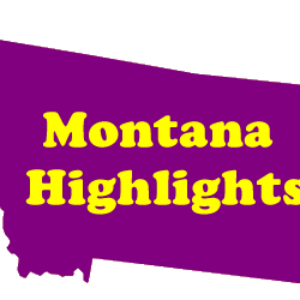North Dakota’s Bakken Shale gas output increased by 20% in 2019, and the latest analysis shows it growing another 10% year over year in 2020. Due to limited downstream access, the additional production looks to take a greater share on Northern Border Pipeline.
Bakken gas production is expected to grow by 10% in 2020, before slowing down to about 4% annually from 2021 through 2025, according to a forecast by S&P Global Platts Analytics.
Last year, Bakken producers relied on well completions, or bringing drilled but uncompleted wells online, to keep production growing. However, one of the lingering constraints within the basin is insufficient processing capacity and natural gas takeaway, which has caused producers to consistently miss gas capture targets established by the North Dakota Industrial Commission.
To combat the issue there has been a push for additional infrastructure and as a result: four gas processing plants came online during the second half of 2019 and another five are in the planning stages with in-service dates spread out over the next two years.
With Bakken gas production growing faster than processing plants can come online, the region has come up short in meeting the state’s regulatory policy for gas flaring, which not only are set to tighten in 2020, but also are expected to be enforced more aggressively due to public pressure.
Recent enforcement of the regulations has not been strict, especially since the NDIC designated various extenuating circumstances and producer exemptions. The NDIC currently estimates more than 500 MMcf/d of gas is being flared at oil wells within the state with natural gas capture rates hovering around 83% in November 2019. This is a problem because the commission’s current gas capture target is 88% and increases to 91% in November 2020.
There is also a shortage of gas pipeline takeaway within the region. The main outlet for Bakken gas is Northern Border, where Western Canadian import volumes compete for space. Bakken gas has been increasing its market share of Northern Border’s capacity for the past several years. As of late, the percentage of Bakken gas on Northern Border’s roughly 2.5 Bcf/d capacity has approached 80%, according to Platts Analytics.
This means about.500 MMcf/d of Northern Border capacity currently being occupied by Canadian volumes that Bakken gas could potentially push out. In order to meet the current 12% flaring limit, operators in the Bakken need to capture an additional 200 MMcf/d, which is within the bounds of potentially available capacity on Northern Border.
However, about a quarter of the gas produced in the Bakken originates in the Fort Berthold Indian Reservation, where it is more difficult to obtain permits for building infrastructure such as gathering and takeaway pipelines. Per the latest state data, capture rates in the FBIR stand at 81%. While this marks a notable improvement since January 2019 when the FBIR capture rate registered at 73%, it remains unclear how much extra gas operators in FBIR can capture next year.
With no new announcements for imminent gas takeaway pipelines serving the Williston Basin, operators in the basin will need to maximize their footprint on Northern Border to meet the required capture rates.


